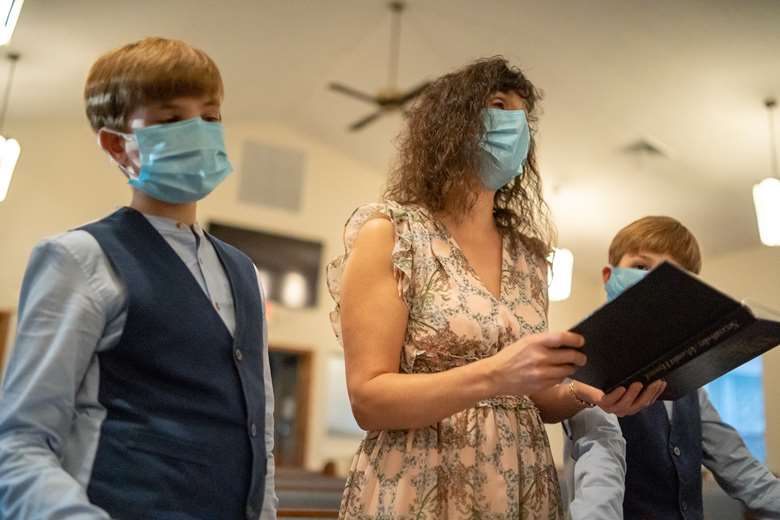Is singing safe?
Susan Nickalls
Wednesday, October 28, 2020
‘We were able to demonstrate that singing is not colossally more dangerous than speaking or shouting’


Register now to continue reading
Don’t miss out on our dedicated coverage of the classical music world. Register today to enjoy the following benefits:
- Unlimited access to news pages
- Free weekly email newsletter
- Free access to two subscriber-only articles per month